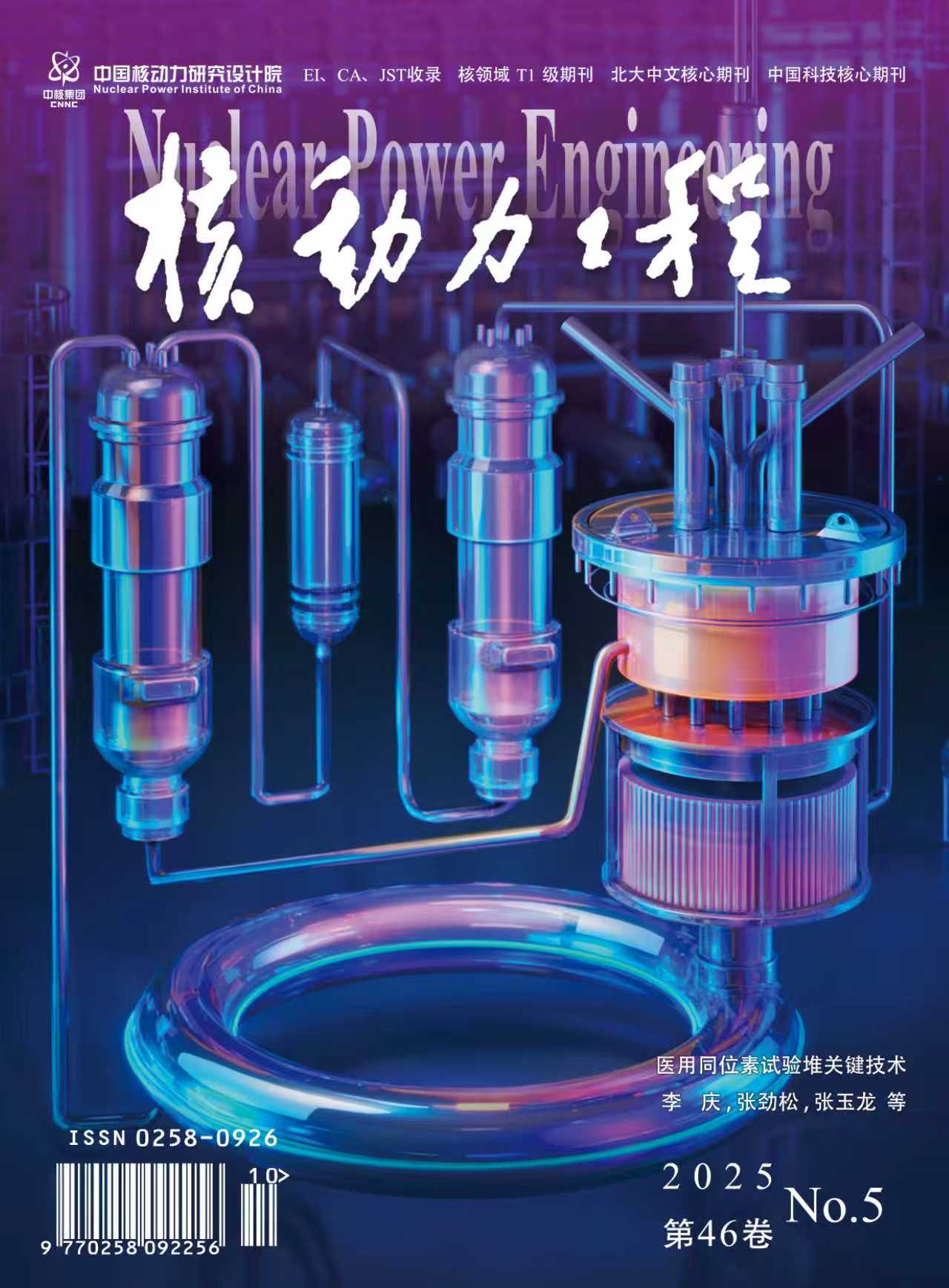2010 Vol. 31, No. 2
Display Method:
2010, 31(2): 1-5.
Abstract:
2010, 31(2): 6-10,15.
Abstract:
2010, 31(2): 11-15.
Abstract:
2010, 31(2): 16-20.
Abstract:
2010, 31(2): 21-23,28.
Abstract:
2010, 31(2): 24-28.
Abstract:
2010, 31(2): 29-32.
Abstract:
2010, 31(2): 33-36,42.
Abstract:
2010, 31(2): 37-42.
Abstract:
2010, 31(2): 47-49,62.
Abstract:
2010, 31(2): 50-53.
Abstract:
2010, 31(2): 54-57,66.
Abstract:
Digitization and Simulation Realization of Full Range Control System for Steam Generator Water Level
2010, 31(2): 58-62.
Abstract:
2010, 31(2): 63-66.
Abstract:
2010, 31(2): 67-70.
Abstract:
2010, 31(2): 71-75.
Abstract:
2010, 31(2): 76-80.
Abstract:
2010, 31(2): 85-88.
Abstract:
2010, 31(2): 89-93.
Abstract:
2010, 31(2): 94-97.
Abstract:
2010, 31(2): 98-102,112.
Abstract:
2010, 31(2): 103-107.
Abstract:
2010, 31(2): 113-117.
Abstract:
2010, 31(2): 118-121,130.
Abstract:
2010, 31(2): 122-125,135.
Abstract:
2010, 31(2): 126-130.
Abstract:
2010, 31(2): 131-135.
Abstract:
2010, 31(2): 136-139.
Abstract:
2010, 31(2): 140-144.
Abstract:



